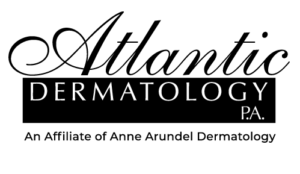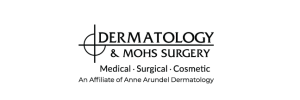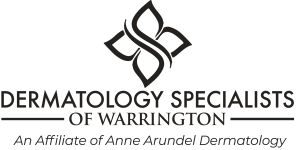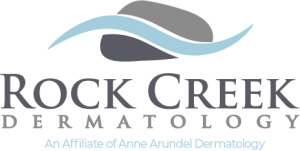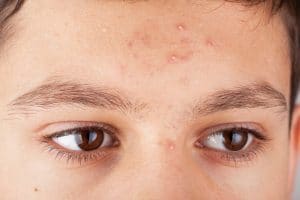 Acne is the most common skin disorder in the United States and it currently affects 60 million people. 85% of all people will have acne at some point in their lifetime and 25% will get acne scars. It is most common in young adults and more than 90% of teens suffer from it. The peak outbreaks are between 17 and 18 years old for women and 19 and 20 years old for men. Hormones caused by puberty and menstruation, an increase in stress, a high glycemic diet, genes, and bacterial infections can all cause acne.
Acne is the most common skin disorder in the United States and it currently affects 60 million people. 85% of all people will have acne at some point in their lifetime and 25% will get acne scars. It is most common in young adults and more than 90% of teens suffer from it. The peak outbreaks are between 17 and 18 years old for women and 19 and 20 years old for men. Hormones caused by puberty and menstruation, an increase in stress, a high glycemic diet, genes, and bacterial infections can all cause acne.
Acne occurs when the pores of the skin become clogged with oil, dead skin, or bacteria. To be considered acne, there need to be at least 5 pimple outbreaks a month. Types of acne include:
- Blackheads. These are open to the surface and black in color. They are filled with excess oil and dead skin cells. The oil’s reaction to air causes the black color.
- Whiteheads. These are closed at the surface and are white in color. They occur when oil and skin cells prevent a clogged hair follicle from opening.
- Papules. These are small, inflamed red or pink bumps. They may be sensitive to the touch and may indicate moderate to severe acne.
- Pustules. These are another kind of inflamed pimple. They resemble a whitehead with a ring around the bump and are filled with white or yellow pus.
 There are a number of measures that you can take to prevent and control acne, including exfoliating, steaming, and deep cleaning your skin on a regular basis; eating healthy foods; and never squeezing or popping your pimples, which can cause scars.
There are a number of measures that you can take to prevent and control acne, including exfoliating, steaming, and deep cleaning your skin on a regular basis; eating healthy foods; and never squeezing or popping your pimples, which can cause scars.
However if you are struggling with acne on a regular or recurring basis, a physician can help reduce its severity and lifetime by greater than 80%. Results may take time, but treatments ranging from topical prescriptions to light or laser therapy often deliver dramatic improvement in a matter of weeks. Additional treatments, such as micro-needling, can greatly reduce the appearance of acne scars.
To learn more about these specific treatment options, visit our pages on Salicylic Acid, LED Light Therapy, and Microneedling.


